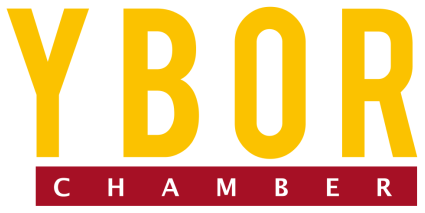Small Moves, Big Welcome: Rethinking Access for Small Businesses
Creating a more inclusive and accessible small business doesn’t require a massive budget or an internal revolution. It starts with recognizing that access is a spectrum, not a checkbox. You’re not trying to do everything at once — you’re trying to create fewer barriers for more people. And that’s a win for everyone, not just for folks with disabilities. Inclusivity expands your customer base, builds brand trust, and reflects the kind of leadership that modern consumers respect. This isn’t about compliance boxes; it’s about running a business that doesn’t quietly exclude people without realizing it.
Why Accessibility Shouldn’t Be an Afterthought
Think of accessibility not as an extra cost, but as a long-term value multiplier. Businesses that take it seriously often end up with stronger brand reputation and loyalty — not just from the communities they’re including but from everyone who sees them doing it thoughtfully. Customers remember being seen. They remember being considered. And when a company demonstrates care in its physical spaces, digital content, or communication practices, that attention tends to resonate in reviews, referrals, and repeat business. It’s the kind of goodwill that marketing money can’t buy but thoughtful design can spark.
Start Where You Can Win: Small, Obvious Fixes
Most business owners get stuck because they think inclusion requires full renovations or consulting teams. But federal standards make room for scaling into this work — and that’s where many should begin. Under ADA guidance, businesses are encouraged to focus on readily achievable modifications that match their current resources. That means swapping out doorknobs for levers, adjusting lighting to reduce glare, or simply rearranging furniture to widen clear paths. These are choices you can make this week, not someday. And each one chips away at friction you didn’t realize was there.
Multilingual Access Isn’t Optional Anymore
Audio content is booming. Podcasts, voice memos, video reels — they’re all part of how we market, explain, and connect. But what happens when the customer listening isn’t fluent in your language? Automated translation tools are changing the game. With offerings like Adobe Firefly’s Translate Audio feature, real-time voice translation across languages is no longer a big-budget option. For small businesses creating video walkthroughs, onboarding content, or event promos, this is worth exploring — not just for reach, but for equity.
AI Isn’t Just for Efficiency — It’s a Path to Access
When people talk about AI tools for small business, the conversation often centers around speed, automation, or productivity. But there’s another use case that’s too often overlooked: AI-powered accessibility solutions can help you audit your website, generate alt-text, caption video content, and suggest contrast adjustments — all without hiring a full-time designer or specialist. These tools don’t replace empathy or design thinking, but they do accelerate implementation, helping you avoid unintentional digital roadblocks that frustrate or exclude users.
Build for More Than the Majority
It’s easy to default to design choices that work for the median customer. But inclusive design challenges you to think about edges — and design from there. When you design customer experiences inclusively you’re not just serving people with specific access needs. You’re creating systems, layouts, and processes that benefit everyone. A well-labeled form helps those with dyslexia and anyone filling it out on a phone in a hurry. A quieter checkout experience supports people with sensory sensitivities and those simply overwhelmed after a long day. Inclusion isn’t a favor — it’s a feature.
Foster a Culture Where Inclusion Is Spoken, Not Assumed
Inclusive policies don’t mean much if they’re never voiced. What makes a workplace or storefront truly accessible is often less about physical layout and more about mindset. When businesses encourage open accommodation conversations, they signal a culture that listens, not just reacts. That can mean adding a line to your job postings about flexibility, training staff on how to handle accommodation requests, or creating anonymous ways for customers to give feedback. You won’t get everything right — but the invitation to collaborate is often the thing people remember.
Making your small business more inclusive isn’t a one-and-done task. It’s a rhythm — a way of noticing friction, reducing it, and inviting more people in. Every small shift builds on the last. Whether you’re adjusting your website layout, changing the way you greet customers, or testing out new signage, you’re creating a better experience. And as your capacity grows, your changes can deepen. Don’t wait for perfect conditions. Start with what’s in front of you. Inclusion, when practiced consistently, becomes not just a value, but a brand advantage. It’s slow work — but the right kind.
This Special Offer is promoted by Ybor City Chamber of Commerce.

